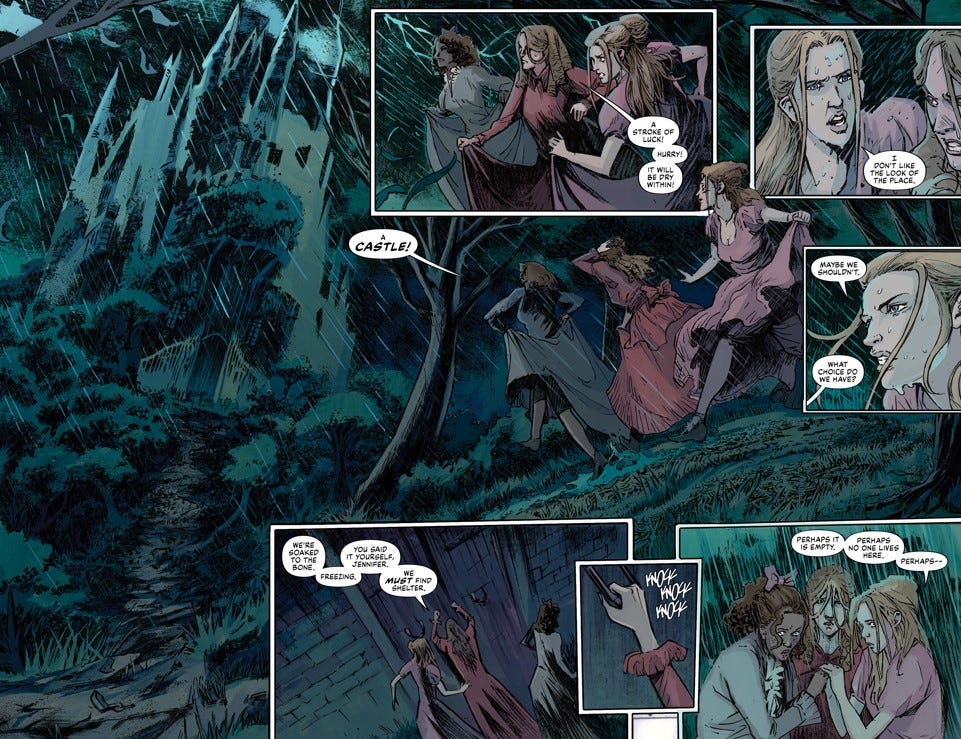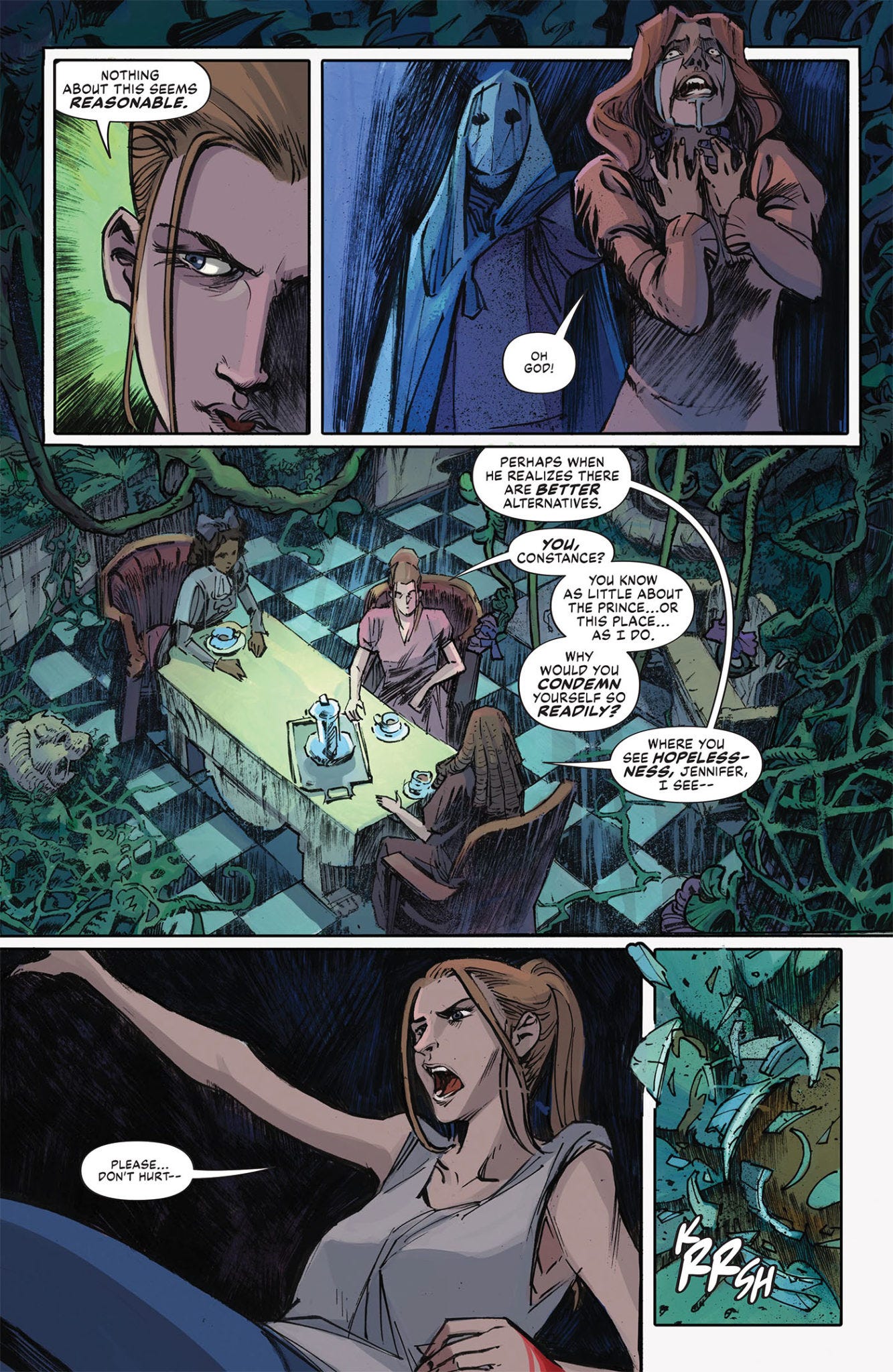“Poor Matilda! She sleeps in the Grave, and her broken heart throbs no more with passion.” ― Matthew Gregory Lewis, The Monk (chapter 2)
I am a fan of Gothic literature and a fan of messing with genre. So, when. I saw that one of my favorite writers, Cullen Bunn, was part of a new gothic comic; I had to have it.
One of the most wonderful things about horror is when authors and artists set out to work within a genre that has established roots, yet they see new approaches and avenues to work within. Charles Brockden Brown, one of my favorite early American authors and the true father (look him up Poe & Hawthorne fans) of the American Gothic, discusses this in the forward to his 1799 book, Edgar Huntly. Brown states:
One merit the writer may at least claim:--that of calling forth the passions and engaging the sympathy of the reader by means hitherto unemployed by preceding authors. Puerile superstition and exploded manners, Gothic castles and chimeras, are the materials usually employed for this end.
Brown’s work goes on to substitute “The incidents of Indian hostility, and the perils of the Western wilderness,” (Yes, it is classic American racism - setting up Native Americans as the monsters in the woods). These shifts in scene - from far-off lands and ancient castles to the dark woods and old caverns, homesteads, etc. - shift the gothic setting with the purpose of establishing the horror closer to home, yet still just far enough away to make the reader fear what is beyond the doorstep.
Lamentation does this well with the Requiem Theatre. An old building in a city of old buildings. A place that most would walk by and not even notice. If they looked closer, they would see the gargoyles staring at them from on high, the plants that move slightly closer when they see an eye wander over them.
Inside the theatre is the perfect stand-in for the gothic castle of the classic works, because it can reshape and warp into anything that imagination can bring to it. This living allegory is another perfection. I was taken back to the times when plays had pulled me into fantasy with very little set or decorations.
Arjuna Susini’s art is perfect for these shifts of worlds. It portrays dark and brooding landscapes that move from full drama to an empty stage in a matter of panels. A set piece falls, and we are ripped from the romance and back into the horror of a cast that is trapped in a nightmare and cannot leave until the play has been rehearsed and performed.
My one wish is that we had more character development. Oni Press Publisher & President Hunter Gorinson called the book “Giallo-inspired.” Sadly, this is a genre that I am not as familiar with (beyond a few classic Argento movies - Comment with some Giallo that I should watch).
However, I needed a little more about these characters and the main protagonist (Jennifer) to care about their fates. The few panels of dialogue. that could have pulled me in, never felt like more than exposition. Though the antagonist was cool looking, we never really get much development of him as well. As with all modern horror, the ending hints at a sequel. So, we will see if there is more to come.
Overall, Lamentation is one to check out. The gorgeous art, the amazing setting, and the clever plot make it worth your time. I continue to be excited by the Gothic comeback. I need to dig deeper into the new works of the genre.






